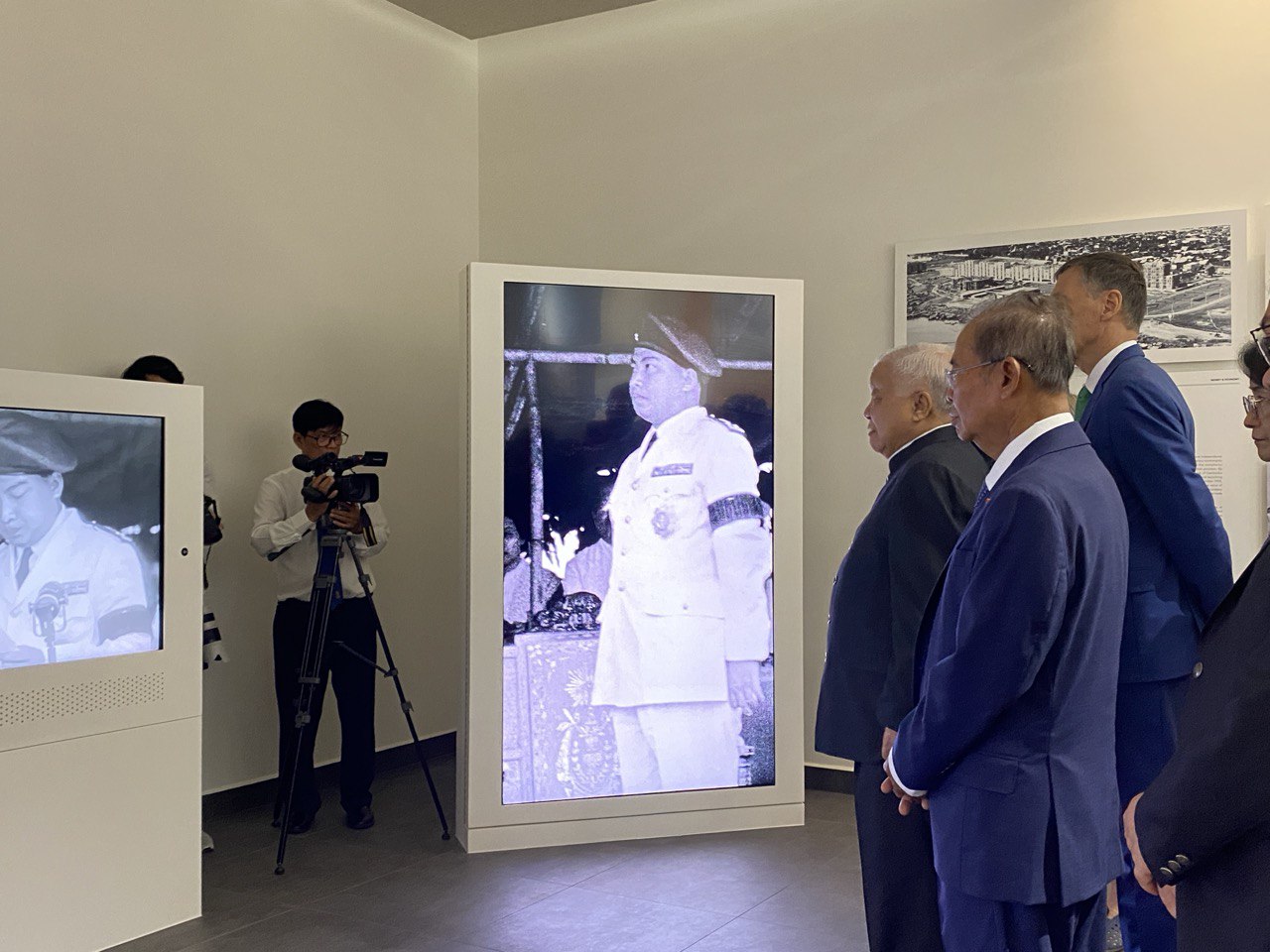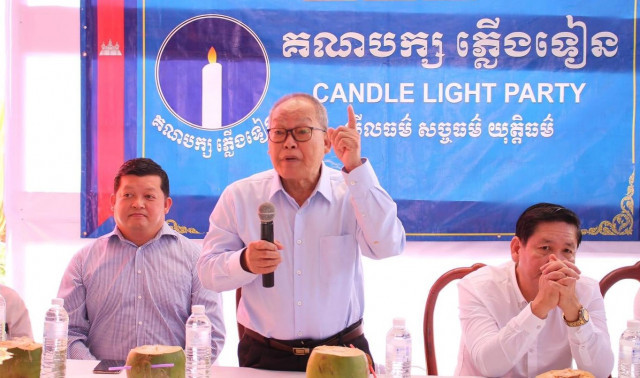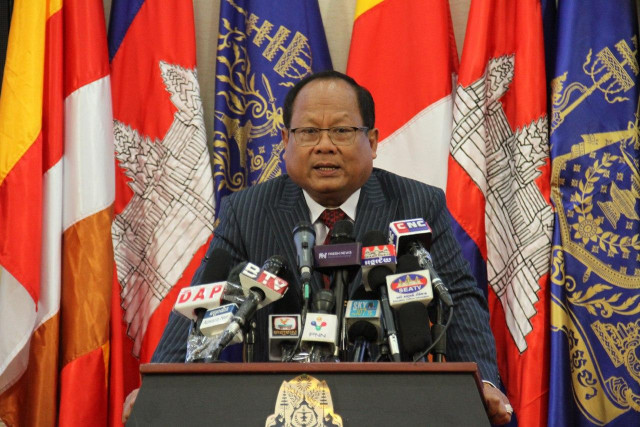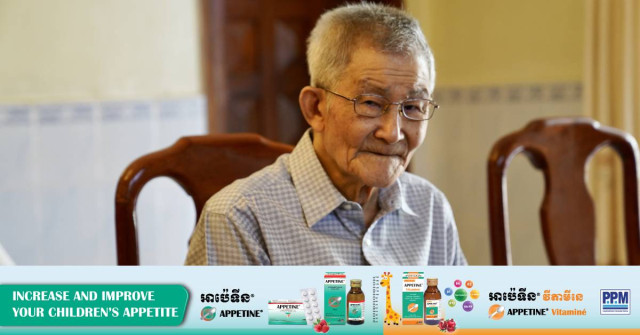The SOSORO Museum Expands Displays to Cover Recent Periods of Cambodia’s History
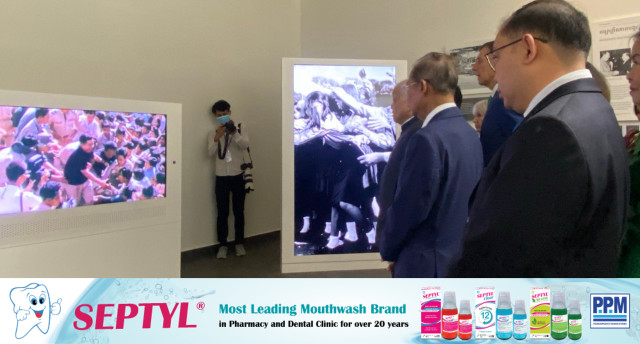
- By Teng Yalirozy
- February 25, 2024 9:00 AM
PHNOM PENH — The new permanent exhibition showcasing three chapters of the country’s history—the 1960s, the Khmer Republic of the early 1970s, and the Khmer Rouge regime of 1975-1979—was inaugurated on Feb. 24 at the Preah Srey Içanavarman Museum of Economy and Money (SOSORO).
As Blaise Kilian, the museum co-director, explained, this new section of the museum focuses on the country after independence, which the late King Norodom Sihanouk had obtained from France in 1953 and which led to Cambodia introducing its own currency: the riel.
The exhibition includes 57 photographs, 98 monetary items, that is, 87 banknotes and 11 coins from those eras, as well as five documentary films made by Herve Janody in cooperation with the museum.
“This new public exhibition will provide a deeper understanding of the economic and monetary history of Cambodia, and of the importance of peace to guarantee national development and progress,” Kilian said.
Expanding the museum’s permanent collection took some time and involved a great deal of research as well as the cooperation of several institutions.
The renovation plans got the green light in 2023, Kilian said. This was followed by several months of work during which the information to put in the museum had to be modified and/or updated, plans had to be drawn to design the new displays, which was done with Jean-Daniel Gardere, advisor to the National Bank of Cambodia, he said.
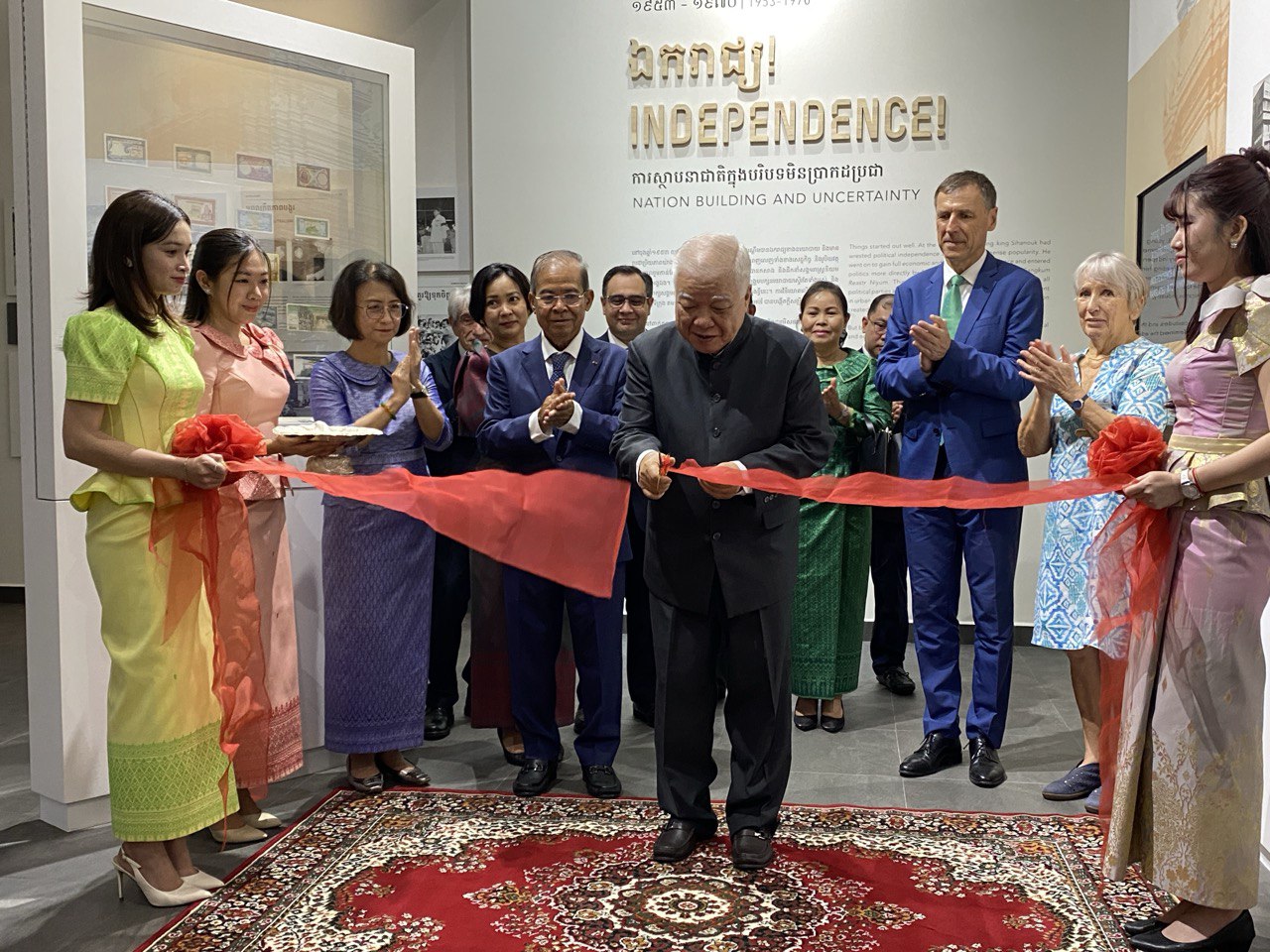
The new documents were obtained through the cooperation of several institutions, such as the French National Audiovisual Institute, the French Defense Communication and Audiovisual Production Establishment, British Pathe, and so on.
The Sleuk Rith Institute in Phnom Penh donated rare photographs and documents from the Khmer Rouge era. Julio Jeldres, who is counsellor to the Cabinet of King Norodom Sihamoni and was special assistant to the late King Norodom Sihanouk, supplied photographs of King Sihanouk. Queen Norodom Monineath Sihanouk provided documentary films of King Sihanouk.
Once plans had been approved and all the materials acquired, work started in November 2023 and, three months later, the new exhibition section is now open to the public.
According to Chea Chanto, honorary governor of the National Bank of Cambodia, the museum is a great place for researchers, scholars and students to study the economic evolution and the monetary history of the country.
The updated three modules of the 12 modules present the economic and political situation and landscapes of the three eras, he said.
In the 1960s, Cambodia experienced flourishing national growth and advance in all areas. During the Khmer Republic of 1970 to April 1975, the economic and political situation deteriorated due to the civil war, which ended with the Khmer Rouge victory and the Democratic Kampuchea regime during which the National Bank was closed, the national currency abolished, and more than 2 million people died.
As society evolves, having the information and objects from previous periods in history is pivotal for a nation, Chanto said. Moreover, visitors, both national and international, deserve to experience a great tour itinerary when they come to the museum to learn about Cambodia, he added.
“Efforts should be made with the goal of raising awareness among the public regarding the different phases of Cambodia’s history,” Chanto said. “This is to encourage the next generation to learn and understand this history.”

The SOSORO Museum, source of knowledge on the country through the history of its currency
Prince Norodom Chaktrapong, privy councilor of the Supreme Privy Council of Cambodia, said that the museum is the institution that provides the public, and particularly Cambodia’s youth, knowledge regarding the relation between money and society.
“This exhibition shows how peace is an essential foundation for national development,” he said. “As the late King Father [Norodom Sihanouk] declared in 1970, ‘peace and independence enable progress.’”
The SOSORO Museum was formally opened in 2019. However, the research work and planning to set it up had started in 2009. The NBC worked with national and international economists, historians and archaeologists for 10 years to ensure the exhaustiveness and modernity of the museum.
